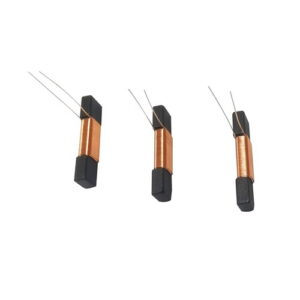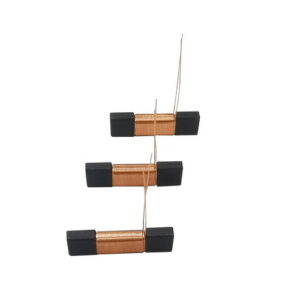A reading pen can emit relevant sounds by clicking and pressing different parts of a book, or it can read aloud by clicking the same spot. It can play related Chinese information, read English, tell stories, and sing nursery rhymes, among other functions. Do you know the working principle of the reading pen coil?

The working principle of the reading pen coil is as follows: The core of the reading pen has a magnetic ring, and outside the magnetic ring is an inductor coil. When the reading pen coil is pressed, it causes the movement of the magnetic ring. The relative movement between the magnetic ring and the inductor coil leads to a change in the inductance of the reading pen coil. Then, the change in inductance is converted into a frequency variation of the oscillating circuit, usually from a sine wave to a square wave. By detecting the frequency change, the variation in pressure can be determined. Based on the user’s selection, the reading pen retrieves the pre-stored sound file from its memory and plays it through the speaker.
The self-induced electromotive force in the reading pen coil always competes with the current variation in the coil. The reading pen coil has a blocking effect on alternating current. It is used in various radio frequency circuits, including filters and oscillators.

The reading pen coil can form an LC tuning circuit by connecting inductors and capacitors in parallel. If the inherent resonant frequency (F0) of the circuit is equal to the frequency (F) of the non-alternating signal, the reactance of the circuit, both inductance and capacitance, will be equal. As a result, electromagnetic energy oscillates back and forth between the inductor and the capacitor, exhibiting the resonance phenomenon of the LC circuit. When the reactance of the resonant circuit’s inductance and capacitance is equal in magnitude but opposite in direction, the reactance is minimized and the current reaches its maximum value. LC resonant circuits have selective frequency capabilities, allowing them to choose and respond to AC signals of a certain frequency (F).